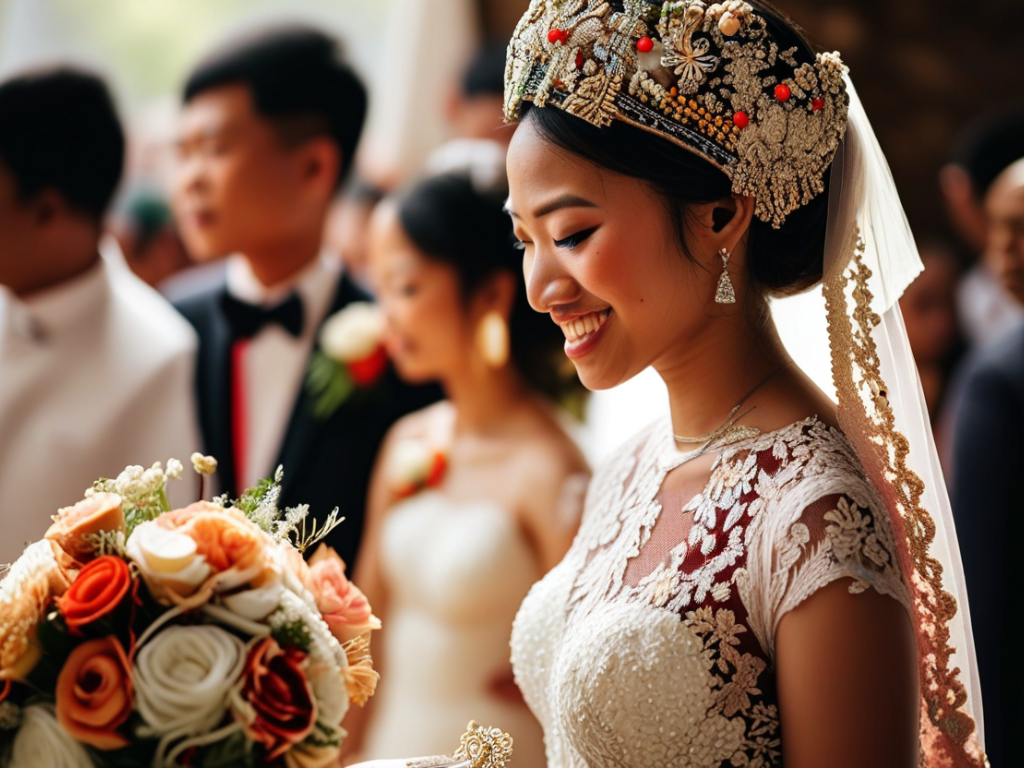Understanding the Importance of Blending Cultures
As our world becomes increasingly diverse, multicultural weddings are becoming more common. These celebrations not only bring together two individuals in love but also merge their unique backgrounds, traditions, and customs. Blending different cultural customs in a wedding can be a beautiful way to honor each other’s heritage and create an inclusive and memorable event for everyone involved.
In this article you will find:
- Understanding the Importance of Blending Cultures
- Start with Open Communication
- Create a Unified Ceremony
- Finding Common Ground in Food and Decor
- Including Family and Guests
- Celebrating Your Love Story
Start with Open Communication
Before diving into the planning process, it’s crucial to have open and honest conversations with your partner about your individual cultural backgrounds and the customs that are most important to each of you. Understanding and respecting each other’s traditions is key to successfully blending them in your wedding.
Make a list of customs, rituals, and traditions from each culture that you would like to incorporate into your wedding day. Discuss the significance of each element and determine how they can be seamlessly combined to create a cohesive ceremony and reception.
Create a Unified Ceremony
One way to blend different cultural customs seamlessly is to create a unified ceremony that incorporates elements from both backgrounds. For example, you could have a traditional Hindu ceremony followed by a Christian exchange of vows, or combine elements of both cultures into a unique ceremony that represents your union.
Consider working with an officiant who is familiar with both cultures and can help you navigate the process of blending customs. This individual can offer guidance on how to transition between different rituals smoothly and ensure that each tradition is given the respect it deserves.

Finding Common Ground in Food and Decor
Food and decor are excellent ways to showcase the blend of cultures at your wedding. Consider serving a fusion menu that includes dishes from both backgrounds or incorporating traditional elements into your reception decor.
You could set up food stations with dishes from each culture, allowing guests to sample a variety of flavors and cuisines. For decor, incorporate colors, patterns, and symbols that are significant in both cultures to create a harmonious blend that reflects your unique heritage.
Including Family and Guests
Engaging your family and guests in the wedding planning process can help create a sense of inclusivity and excitement around the blending of cultures. Consider involving parents or family members in ceremonies or rituals that are important to their cultural heritage.
Provide guests with an overview of the customs and traditions they will experience during the wedding, along with any necessary instructions or explanations. This will help ensure that everyone feels comfortable and informed throughout the celebration.
Celebrating Your Love Story
At the heart of a multicultural wedding is the celebration of love and unity between two individuals. Remember that the most important aspect of your wedding day is the commitment you are making to each other, regardless of the customs and traditions that surround you.
Embrace the opportunity to blend different cultural customs in your wedding as a reflection of your unique journey as a couple. Let your love story guide the planning process and infuse every aspect of your celebration with meaning, joy, and togetherness.


